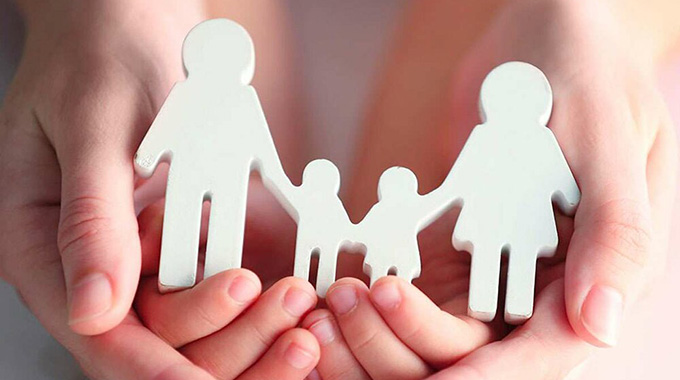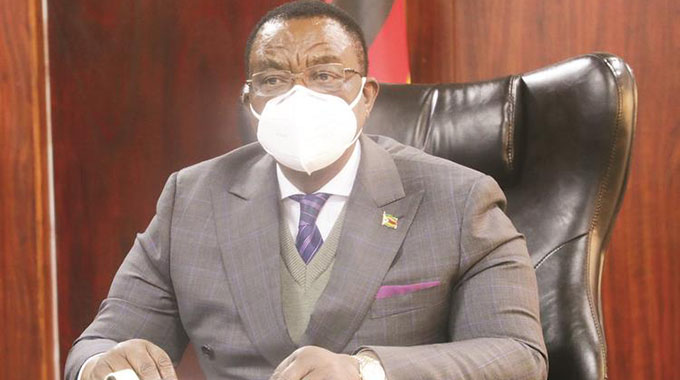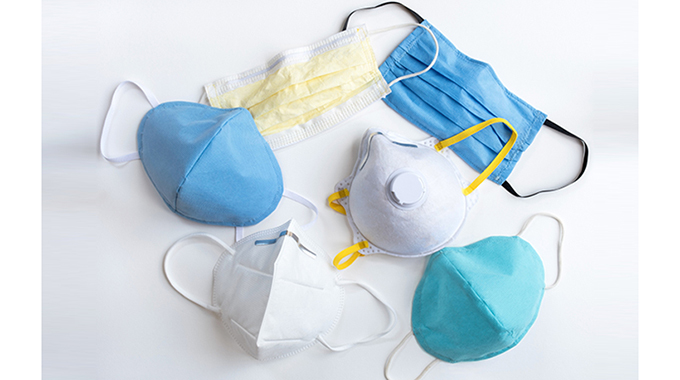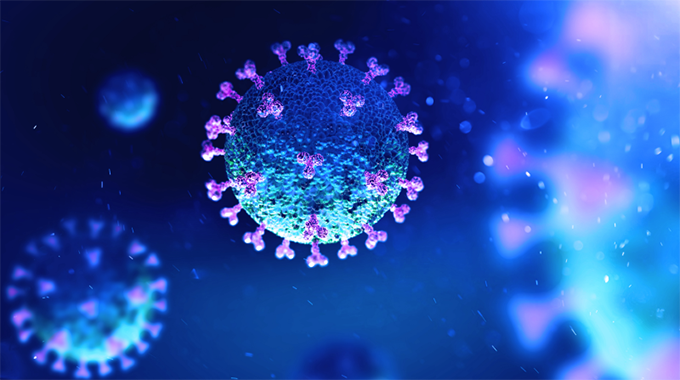What It’s Like Trying to Adopt a Child During the Coronavirus Pandemic

Jo Caird
Adopting a child is an emotional experience even in the best of times. Factor in a global pandemic that has led to travel bans, court closings, and stay-at-home orders, and an intense time becomes uniquely stressful for couples hoping to expand their families.
While babies don’t stop being born just because there’s a virus out there, and vulnerable children in the child welfare system don’t stop needing the love of a new family, delays throughout the adoption process have meant that adoptive families and children alike have been left in limbo. And those who have been able to welcome children into their homes are struggling to navigate their new lives together in unprecedented circumstances.
Just over 110,000 adoptions take place in the United States each year, according to the National Council For Adoption, a non-profit based just outside Washington D.C. That’s around 9,000 per month. Which means we’d be looking at almost 27,000 since the COVID-19 crisis prompted lawmakers across the country to announce lockdowns starting in March.
In fact, while the actual number is unknown at this stage, it is certainly much lower than in previous years. “This global pandemic will clearly reduce the number of adoptions,” says Becky Fawcett, president of Helpusadopt.org, a national grant program that helps parents with the costs of adoptions. “Between the travel ban and the personal financial crisis some families are experiencing, I can’t begin to imagine the full impact this will have.”
Nine families took time out from the hard work of parenting in quarantine to share their stories about the challenges, and unexpected joys, of adopting during Covid-19, from the heartbreak of not knowing when you’ll be able to bring your little one home, to the joy of courtroom selfies and Skype celebrations commemorating a brand-new family.
For domestic adoptions, court closings and work stoppages are causing delays.
Twyla, 34, a physical therapist in Tennessee and her husband Roger, 36, who works for a playground company, brought baby Nancy home from the hospital in September 2019 (some names have been withheld or changed at the request of interviewees). But they hadn’t quite finished the formalities of adoption when Covid hit, and their agency was holding legal guardianship of Nancy until everything was lined up. “We had been wanting to finalize, to make sure she’s officially ours,”says Twyla. The couple were “finally ready”, having raised the money to cover the remaining adoption fees, when, she says, “everything started shutting down.”
When the COVID-19 crisis erupted, the process of finalizing Nancy’s adoption was hit with delays as courthouses closed and non-essential workers were sent home. “Our family wasn’t 100 percent legal yet, and with the added stress of what was going on with the virus, that was really scary,” she says. To the couple’s great relief, they were eventually given a court date and Nancy was officially adopted on May 6th. With officials and family members in attendance via video conference, the occasion wasn’t the in-person celebration that Twyla and Roger had hoped for, but they do have a unique souvenir—a courtroom selfie sent to them by a presiding judge.
Twyla and Roger are among the lucky ones. For plenty of prospective adoptive parents, the pandemic has meant pressing pause on the domestic adoption process, with no way of knowing when they might be able to bring their children home.
Robyn, 58, a professional organizer in Los Angeles, is coming to terms with an indefinite delay to her adoption proceedings. “All of my paperwork was completed and I was ready for my in-home visit by the county and then COVID hit,” she explains. A single mom to a 15-year-old daughter, Robyn is hoping to adopt another 15-year-old girl she met through the charity Kidsave, which connects children aged 9-18 with families wishing to mentor, host, or adopt.
“At this time the county is not doing any in-person visits or virtual visits, so I just wait,” she says. “It’s disappointing. It seems very unfortunate that they’re not moving forward and getting kids into permanent homes if that’s what they want. Life doesn’t stop just because we’re doing stay-at-home.”
International travel bans are keeping children from their families, with potentially heartbreaking results.
While court closures have stalled domestic adoptions, and a rash of job losses may mean that some families can no longer adopt, closed borders and travel restrictions are complicating international adoptions. Sara Jo Floyd and her husband Michael, both 35, live in rural Kansas with their daughters, Camdyn, 7, and Avonlee, 5. The couple, an artist and warehouse worker respectively, were due to travel to India this spring to collect 16-month-old Elliotte from an orphanage in a major city there. Given the international travel ban and the fact that India is currently in full lockdown, those plans have had to be postponed.
“I was devastated. It just feels very uncertain,” says Sara Jo, who is particularly worried about Elliotte because the toddler faces several health challenges, including the fact that she is blind.
The Floyds’ concern for their adoptive daughter, with whom the family was matched in January, is more than justified, according to Becky Fawcett of Helpusadopt.org. “Parents not being able to travel to reach their adoptive children abroad is a major issue,” she points out. “Some of the kids who are medically fragile will most likely not survive, and some will age out of the system before their families can get to them.”
Even couples whose international adoptions are well underway face complications. Gina Poirier and her husband Marc, both 36 from Illinois, have just been given a court date to finalize their adoption of a two-year-old girl in Bulgaria. “After the court date, we should receive an official decree a couple of weeks later, at which point we can hypothetically book travel to go pick her up and bring her home,” says Gina. Whether or not that can happen is still very much up in the air, however.
“We’re waiting for the EU to open completely, and for the US Department of State to lower its threat level for international travel,” she explains. “There are still a lot of questions, like whether we’ll have to quarantine when we arrive in Bulgaria, and what that will even look like. What other restrictions will be in place? What if we get sick while traveling? Will there be any other delays processing her immigration?”
Given the unknowns, all prospective parents can do is wait and hope. Sara Jo is looking to daughters Camdyn and Avonlee for inspiration in terms of staying positive. She says: “Just seeing their faith and how calm about this they are has really helped me.”
There are some virtual solutions, but while some are positive, others are not.
The unexpected roadblocks facing adoptions have led to workarounds, and even a few bright spots. In the normal course of things during their domestic adoption, New York-based Eric Emch, 34, a graphic designer and art director for Disney on Broadway, and Alan Lane, 34, a fundraiser for the Metropolitan Opera, would have had just one in-person meeting with their baby’s birth mother. Instead, says Lane, doing it all digitally meant “we were able to meet with her three different times and really develop our relationship, to the point where I think we’re much closer now.”
That was an unexpected plus to quarantine precautions, but there were definitely downsides to adopting in the midst of a pandemic. On May 8th, the couple took custody of two-day-old Margot directly from her birth mother outside the hospital, with social distancing measures in full force. “To have to add those very impersonal barriers, both the distance and the masks, made it really challenging to balance the moment,” says Lane. “It’s a celebration for us, and it’s a loss for the birth mother, so to add the element that we can’t console her or hug her to show our gratitude and support was a real challenge.”
The good news for new families? Extra time together.
For the couples whose adoptions have gone ahead despite the challenging circumstances, bringing their child home has meant sheltering in place as a new family. Novelist James Suriano, 45, and his air traffic controller husband Garon Wade, 34, brought two-year-old Emmanuel home from South Africa in March, just one day before the cancellation of all flights from South Africa to the U.S. With numbers of COVID-19 cases in South Africa very low at that stage, the couple were shielded from the stress of the pandemic until they got home to Georgia. “We had no idea how close we were to the edge,” says Wade.
Staying home nonstop in the two months since then has been tough on their older child, now seven, who was looking forward to getting back to normal after six weeks in South Africa. But the couple feels quarantine has actually been helpful in terms of settling Emmanuel into life in the US. “The orphanage that he was in was akin to a single-family home, and he had spent his whole life there,” explains Suriano. “And now he spends all his time in our home.”
Kelly Balcarczyk, 38, and Sanjay Satagopan, 41, who have been isolating in Georgia with four-week-old Issa since picking him up from the hospital parking lot in April have also appreciated the enforced family time. Working from home together for the month before Issa was born–Balcarczyk as a program manager for the USDA Forest Service, and Satagopan as a product manager for a software company–gave the couple “time to bond,” says Balcarczyk. “It prepared us for parenthood a little bit in that it was just our little family together all the time.”
And for Virginia-based Alexandra Shrader, 32, and husband Sam, 43, life as a family of six–their children Cameryn, 14, Carson, 12, and Joanna, 8, were joined by 12-year-old Jem in September 2019–has certainly been full-on in quarantine. But, Alexandra says, “the silver lining is that we’ve all had more time to connect with Jem, talk with him, one-on-one. Playing games has been a really great way to be talking, but not have it be a pressure-filled conversation.”
Still, there are losses. One source of regret for Jem and his new family is that, due to COVID-19, they have had to cancel a trip planned to coincide with the finalization of his adoption in Ohio. Jem is “really excited” that the court date will take place over Skype, allowing the family to “seal the books and move forward,” says his new mom. But both of them mourn the fact that they won’t be able to have a proper celebration of the milestone, bringing together important people from both parts of Jem’s life.
Still, many parents are pushing forward to make their new families happen.
Despite the delays and disappointments, many families are finding ways to work through complicated logistics. Kate, 37, the president of a real estate company, and her government contractor husband Sam, 38, were matched with a birth mother in Kansas in February. Based in Virginia, they were going to leave their boys, 8 and 7, with their grandparents when they flew out for the birth of their adoptive daughter in June—an arrangement they cancelled as a precaution once everyone began sheltering in place, so as not to expose his parents to any risk.
“COVID has certainly changed our plans,” says Kate, sounding remarkably relaxed about their new set-up: spending up to two weeks sheltering in place in a Kansas Airbnb as a new family of five while they await sign off from the courts allowing them to leave the state with their daughter. “But we’re very focused on our goals, and willing to do whatever we have to do to make it work,” she adds. “We are so excited to start this adventure, meet our baby girl, and complete our family.”-Oprah Magazine








Comments